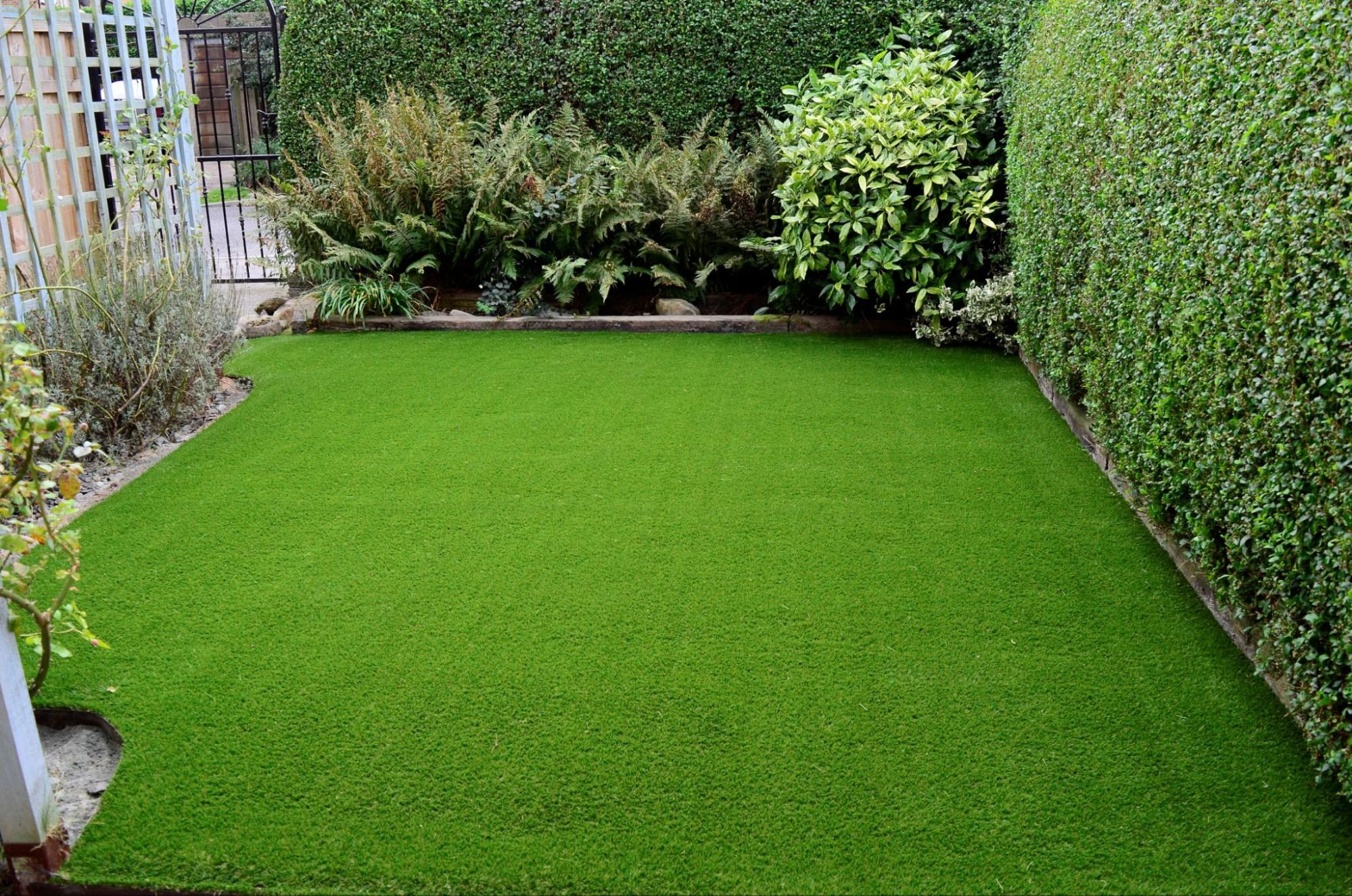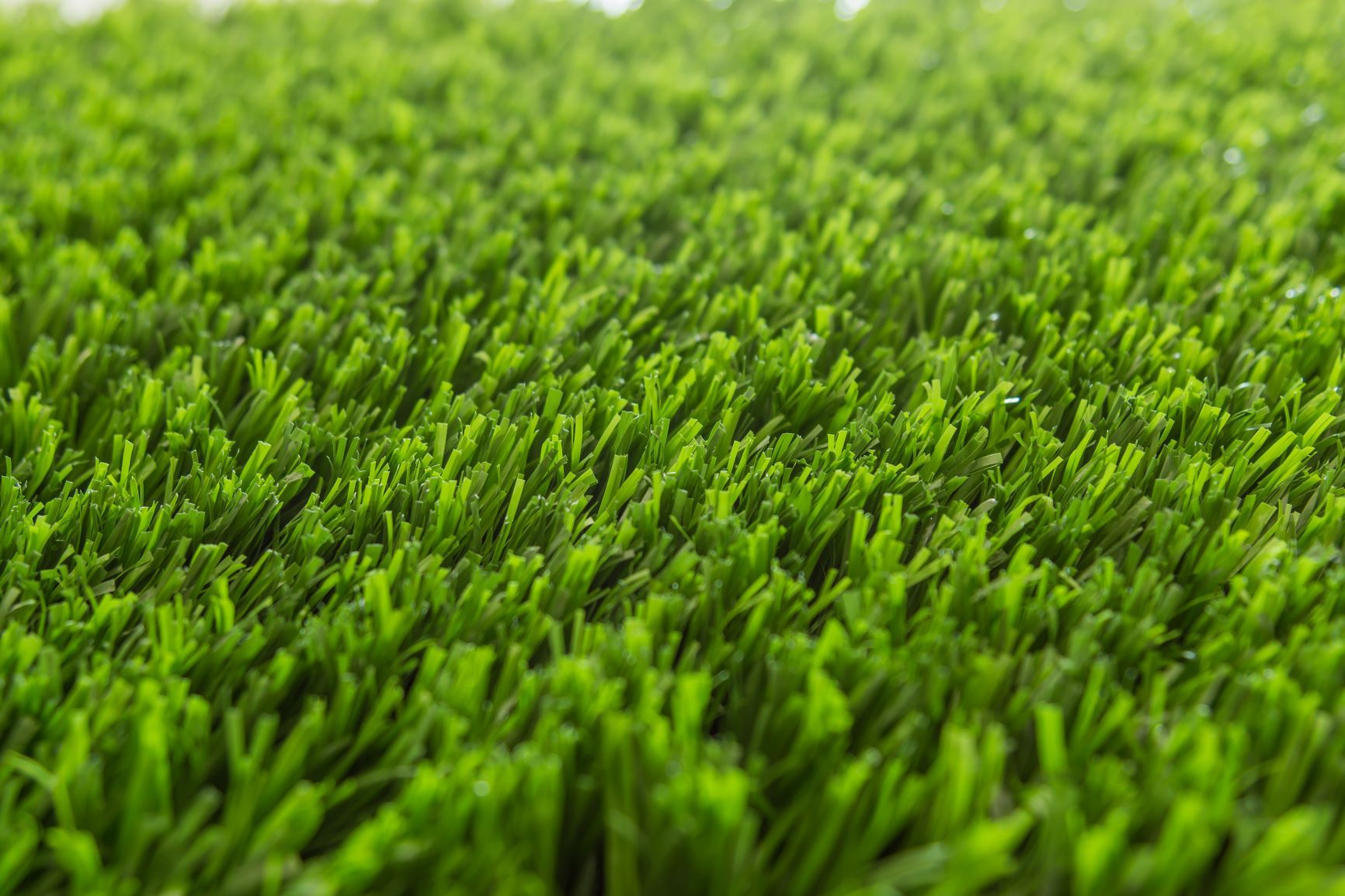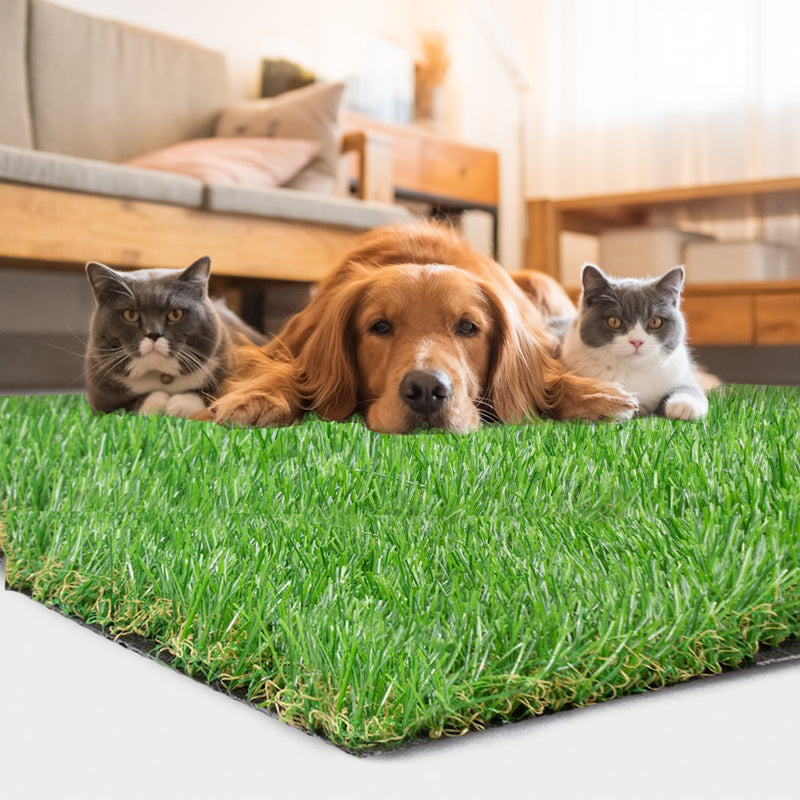See Why Homeowners Prefer Artificial Lawn for Lasting Landscaping Practices
As home owners progressively focus on sustainability in landscaping, man-made turf has emerged as a compelling option to traditional lawn. What continues to be to be checked out is the complete range of advantages that synthetic grass can supply to property owners and the setting alike.
Water Preservation Advantages
Among one of the most significant advantages of synthetic grass is its role in water conservation. Standard yard lawns require considerable quantities of water to keep their lavish appearance, frequently causing overuse of local water resources, particularly in arid regions. In comparison, artificial turf eliminates this demand completely, as it does not call for irrigation. This not only conserves water but also decreases the stress on community water systems, especially during drought conditions.
Additionally, the installment of synthetic grass can add to a more lasting landscape. Homeowners can considerably lower their water costs, permitting for reallocation of sources to other environmental campaigns or house usages. Furthermore, artificial lawn is made to stand up to different climatic problems without the requirement for additional watering, making it a perfect choice for areas dealing with water scarcity.
The ecological benefits expand past immediate water financial savings. By minimizing water consumption, fabricated grass helps to minimize the effects of environment modification, preserving crucial ecosystems that are threatened by extreme water removal. As sustainable landscape design practices obtain traction, synthetic lawn emerges as a liable choice for house owners seeking to produce environmentally friendly outdoor areas.
Lowered Maintenance Efforts
Fabricated turf substantially reduces maintenance initiatives contrasted to traditional lawn yards. With man-made turf, house owners can eliminate the time-consuming tasks connected with all-natural landscape design, such as mowing, feeding, and weeding. This not just saves important time but additionally decreases physical labor, making yard care easily accessible for individuals of all ages.
Conventional lawns require constant cutting to preserve a visually pleasing height, whereas artificial lawn continues to be continually rich without the requirement for cutting. In addition, house owners no longer need to use pesticides or plant foods, which are typically required to maintain all-natural turf healthy.
In addition, man-made grass is resilient and sturdy, requiring marginal maintenance beyond periodic brushing and rinsing to get rid of particles. This convenience of maintenance permits property owners to appreciate their outside rooms without the continuous concern of maintenance, offering even more time for leisure and family members activities. Eventually, the reduced maintenance efforts associated with synthetic grass make it an enticing alternative for those looking for a low-maintenance, visually appealing landscape.

Environmental Effect Reduction
There is an expanding recognition of the environmental benefits related to synthetic grass, specifically in terms of water preservation and decreased chemical use. Conventional yards require considerable quantities of water, particularly in drought-prone areas, resulting in raised stress on neighborhood water resources. In comparison, synthetic grass eliminates the requirement for watering, substantially decreasing water intake and promoting sustainability.
In addition, conventional yard upkeep often includes the application of plant foods, chemicals, and herbicides, which can add to dirt and water air pollution. Artificial lawn reduces this environmental danger by calling for minimal upkeep and practically eliminating the see this site need for damaging chemicals. This not only enhances soil health however likewise secures regional ecological communities from toxic drainage.
Additionally, the production of all-natural yard lawns generally includes the use of nonrenewable fuel sources for trimming and landscape design tools, additional contributing to greenhouse gas emissions. By choosing synthetic grass, homeowners can considerably reduce their carbon footprint connected with lawn treatment tasks.
Visual Charm and Adaptability
In enhancement to its environmental benefits, synthetic grass supplies significant visual allure and flexibility for landscaping. Homeowners can accomplish a rich, environment-friendly appearance year-round, removing the seasonal fluctuations frequently linked with all-natural grass. This constant visual not just boosts the visual allure of a home yet additionally adds to a sleek and well-kept look.
In addition, artificial lawn is available in a variety of appearances, shades, and styles, enabling personalization to suit individual choices and style styles - Phoenix turf companies. Whether used in property yards, commercial rooms, or recreational locations, it can effortlessly incorporate right into diverse landscape design layouts, from modern minimal to lavish exotic setups
The versatility of synthetic grass prolongs beyond mere look; it can be installed in various areas, including rooftops, patios, and even indoor areas, developing opportunities for distinct landscaping remedies. Furthermore, it is ideal for a variety of tasks, from kids's backyard to pet-friendly environments, giving capability without compromising style.
Eventually, the visual allure and convenience of synthetic turf make it an attractive choice for homeowners looking for lasting landscape design services that do not compromise elegance for ecological responsibility.

Long-Term Cost Savings
Among one of the most compelling advantages of artificial turf is its potential for lasting price financial savings. Unlike all-natural lawn, which calls for normal upkeep-- consisting of mowing, watering, fertilizing, and parasite control-- synthetic grass substantially reduces these recurring expenditures. Property owners can save a considerable quantity on water expenses, particularly in regions where water scarcity is a pushing issue. The removal of lawn care solutions even more adds to economic cost savings, as there is no demand for customized tools or labor.
In addition, synthetic grass has a life-span of 15 to 25 years, relying on its quality and usage. This longevity decreases substitute prices, making it an extra cost-effective option over time. Additionally, the initial investment in synthetic grass can typically be recouped with the financial savings accumulated with time.
While the upfront price may appear higher contrasted to turf installation, the collective savings from reduced maintenance and water use often exceed these preliminary expenditures. Ultimately, the adoption of synthetic grass not just promotes a lasting landscaping solution but also provides property owners a monetarily savvy alternative that straightens with long-lasting budgeting objectives.
Conclusion
Fabricated grass emerges as an engaging try this website choice for sustainable landscaping, using significant advantages in water conservation, reduced upkeep efforts, and reduced environmental effect. As neighborhoods significantly prioritize eco friendly techniques, the fostering of artificial grass stands for a progressive action toward achieving durable and lasting landscapes.
Additionally, fabricated grass is made to endure various climatic problems without the need for supplemental watering, making it a suitable selection for regions encountering water shortage. (Artificial turf companies phoenix)

Synthetic turf arises as a compelling option for lasting landscaping, offering review substantial advantages in water preservation, minimized upkeep initiatives, and decreased ecological effect.